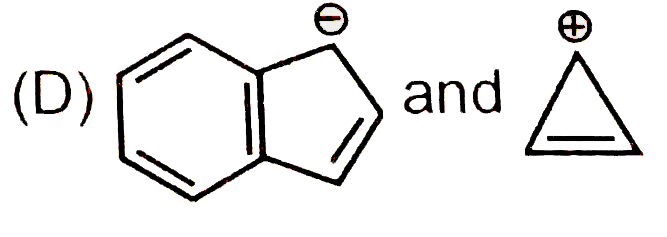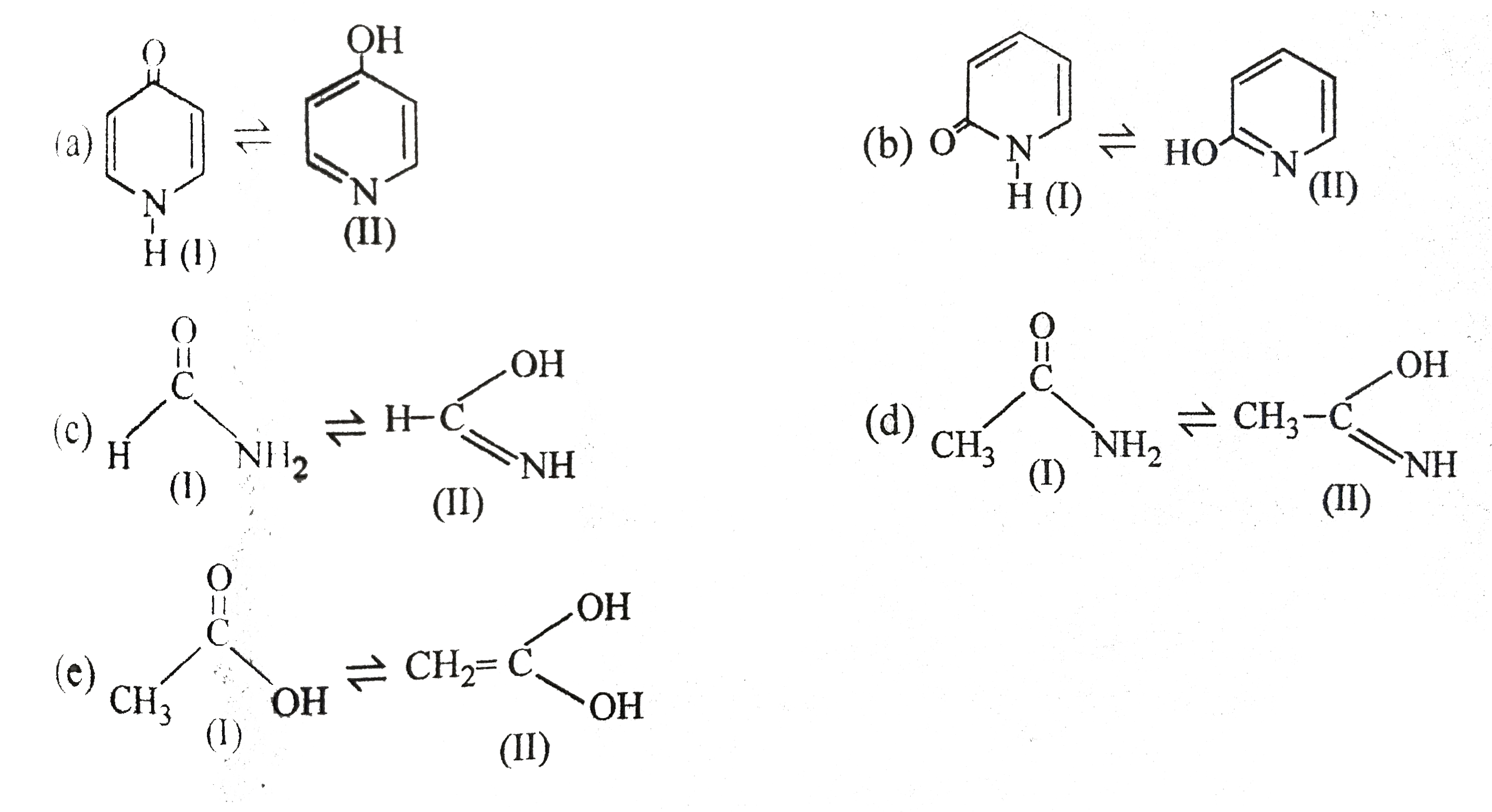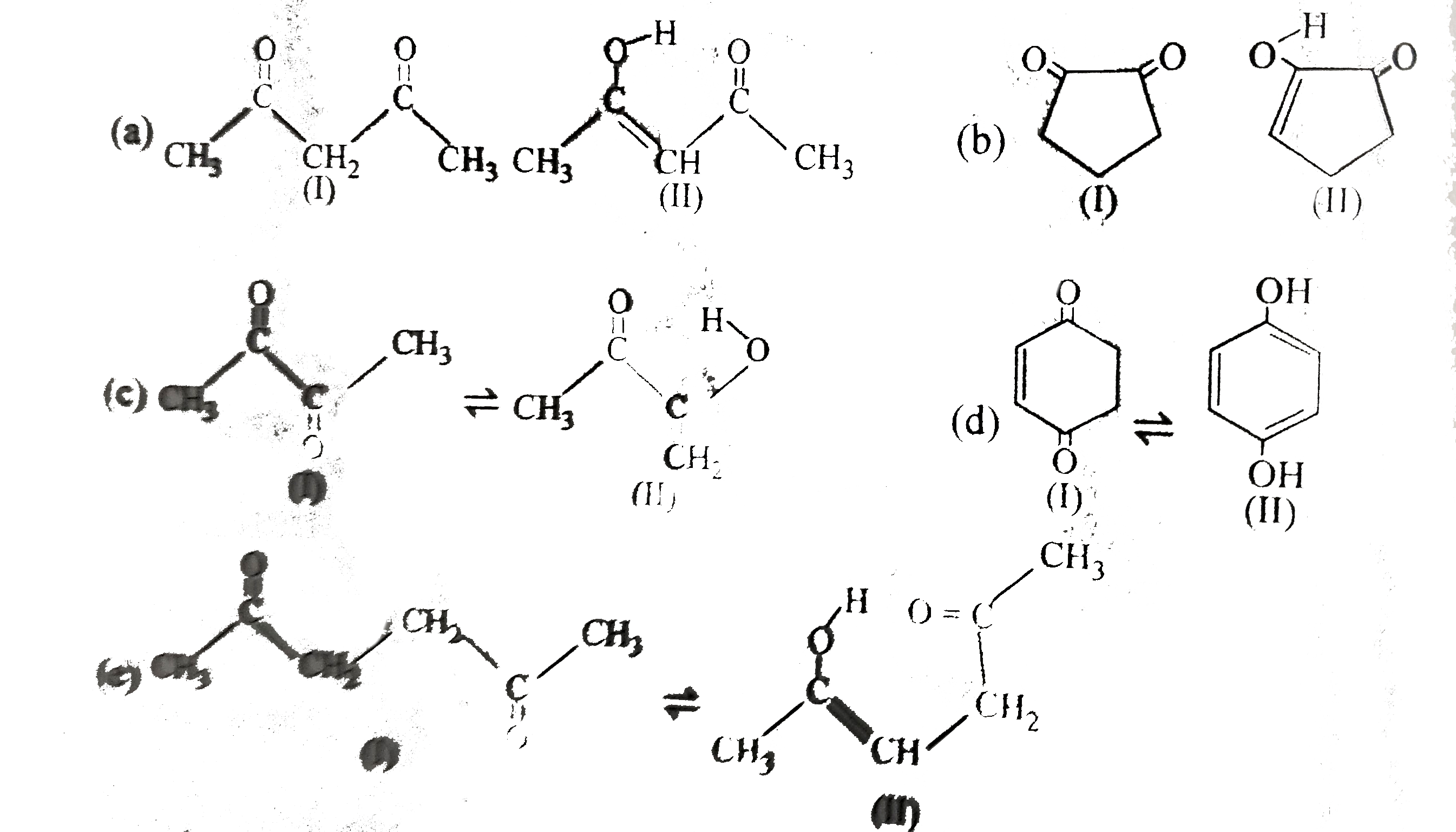In each of the following sets, identify the more stable species.
To determine the more stable species in each set, we will analyze the electronic configurations and bonding characteristics of the given species.
1. First Set: Aluminum (Al) vs. Aluminum 3+ (Al³⁺)
- Aluminum (Al) has an atomic number of 13. Its electronic configuration is:
- 1s² 2s² 2p⁶ 3s² 3p¹
- Aluminum 3+ (Al³⁺) is formed when aluminum loses 3 electrons. Its electronic configuration becomes:
- 1s² 2s² 2p⁶
- The configuration of Al³⁺ is the same as that of neon, a noble gas, which is very stable.
- Conclusion: Al³⁺ is more stable than Al.
2. Second Set: Nitrogen (N) vs. Nitride Ion (N³⁻)
- Nitrogen (N) has an atomic number of 7. Its electronic configuration is:
- 1s² 2s² 2p³
- Nitride Ion (N³⁻) is formed when nitrogen gains 3 electrons. Its electronic configuration becomes:
- 1s² 2s² 2p⁶
- The configuration of N³⁻ is also the same as that of neon, indicating stability.
- Conclusion: N³⁻ is more stable than N.
3. Third Set: Hydrogen Atom (H) vs. Hydrogen Molecule (H₂)
- Hydrogen Atom (H) is in its atomic state.
- Hydrogen Molecule (H₂) is formed when two hydrogen atoms bond together.
- The formation of H₂ involves the sharing of electrons, which leads to a more stable molecular state due to the bond formed between the two atoms.
- Conclusion: H₂ is more stable than H.
Final Summary of Stability:
- Al³⁺ is more stable than Al.
- N³⁻ is more stable than N.
- H₂ is more stable than H.
- Aluminum (Al) has an atomic number of 13. Its electronic configuration is:
- 1s² 2s² 2p⁶ 3s² 3p¹
- Aluminum 3+ (Al³⁺) is formed when aluminum loses 3 electrons. Its electronic configuration becomes:
- 1s² 2s² 2p⁶
- The configuration of Al³⁺ is the same as that of neon, a noble gas, which is very stable.
- Conclusion: Al³⁺ is more stable than Al.
- Nitrogen (N) has an atomic number of 7. Its electronic configuration is:
- 1s² 2s² 2p³
- Nitride Ion (N³⁻) is formed when nitrogen gains 3 electrons. Its electronic configuration becomes:
- 1s² 2s² 2p⁶
- The configuration of N³⁻ is also the same as that of neon, indicating stability.
- Conclusion: N³⁻ is more stable than N.
- Hydrogen Atom (H) is in its atomic state.
- Hydrogen Molecule (H₂) is formed when two hydrogen atoms bond together.
- The formation of H₂ involves the sharing of electrons, which leads to a more stable molecular state due to the bond formed between the two atoms.
- Conclusion: H₂ is more stable than H.
- Al³⁺ is more stable than Al.
- N³⁻ is more stable than N.
- H₂ is more stable than H.
Similar Questions
Knowledge Check
Among the following sets, the most stable ionic species are
A B
B C
C D
D
Which of the following species is the least stable ?
AO2BO−22CO+12DO−12In which of the following species, the size of the first species is not more than the second?
ANa+,F−BFe2+,Fe3+CLi, FDS,O
Which of the following is thermally more stable
View SolutionIdentify the most stable stereoisomer :
View SolutionWhich of the following is the most stable species ?
View SolutionWhich of the following structure is more stable?
View SolutionIn which of the following pairs A is more stable than B?
View Solution


